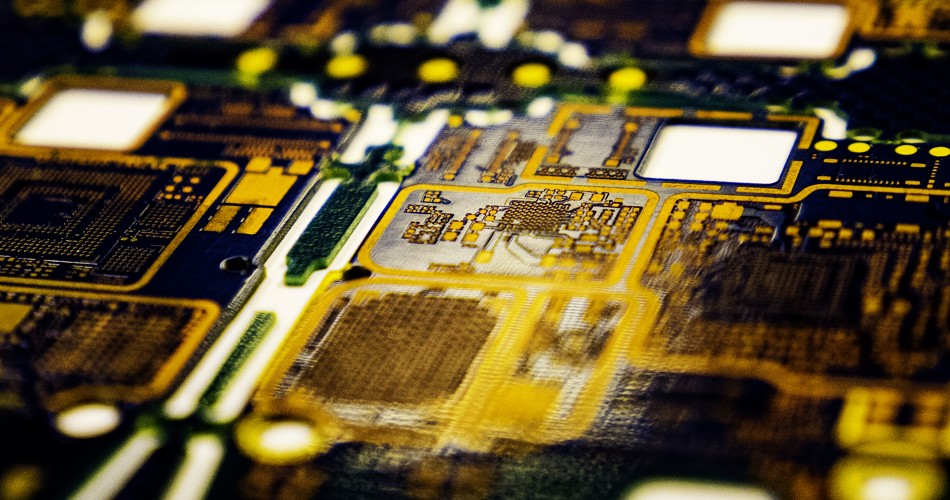- English
- Español
- Português
- русский
- Français
- 日本語
- Deutsch
- tiếng Việt
- Italiano
- Nederlands
- ภาษาไทย
- Polski
- 한국어
- Svenska
- magyar
- Malay
- বাংলা ভাষার
- Dansk
- Suomi
- हिन्दी
- Pilipino
- Türkçe
- Gaeilge
- العربية
- Indonesia
- Norsk
- تمل
- český
- ελληνικά
- український
- Javanese
- فارسی
- தமிழ்
- తెలుగు
- नेपाली
- Burmese
- български
- ລາວ
- Latine
- Қазақша
- Euskal
- Azərbaycan
- Slovenský jazyk
- Македонски
- Lietuvos
- Eesti Keel
- Română
- Slovenski
- मराठी
- Srpski језик
Internet of Things (IoT) Connectivity in PCBA Processing
In PCBA (Printed Circuit Board Assembly) processing, Internet of Things (IoT) connectivity is a key aspect. IoT connectivity allows devices on PCBA to communicate and exchange data with the Internet or other devices, enabling intelligent and remote monitoring. Here are some important considerations regarding IoT connectivity in PCBA processing:

1. Communication module selection:
Choosing the appropriate communication module is critical. Common IoT communication technologies include Wi-Fi, Bluetooth, Zigbee, LoRa, NB-IoT and LTE, etc. The communication module selected should consider factors such as range, power consumption, data rate, and availability to meet the needs of the specific application.
2. Antenna design:
Antennas are one of the key factors to ensure good performance of communication modules. Antenna design should take into account the physical layout of the PCBA and environmental conditions to maximize signal quality and range.
3. Power management:
IoT devices often require effective power management to extend battery life or ensure stable operation of the device. Integrate power management circuitry on the PCBA to ensure that the power supply meets the needs of the device.
4. Security:
IoT devices often involve the transmission of sensitive information, so security is critical. Integrate security chips, encryption modules and security protocols on PCBA to ensure the security of data during transmission and storage.
5. Remote management:
In order to achieve remote management and maintenance of IoT devices, a remote management module can be integrated on the PCBA to upgrade firmware, monitor device status, and perform troubleshooting.
6. Cloud connection:
Connecting PCBAs to cloud platforms is key to enabling data collection and analysis. Select an appropriate cloud service provider and integrate a cloud connection module on the PCBA to enable data upload and access to cloud applications.
7. Data transmission protocol:
Choose appropriate data transfer protocols and communication protocols to ensure smooth data exchange between the device and the cloud platform or other devices. Common protocols include MQTT, CoAP, HTTP and WebSocket, etc.
8. Scalability:
Consider future needs and design the PCBA so that new sensors, modules or functions can be easily added to meet changing application requirements.
9. Regulatory Compliance:
Ensure PCBA design complies with relevant regulations and standards, especially regarding wireless communications and data privacy.
To summarize, IoT connectivity is crucial in PCBA processing as it enables equipment to enable remote monitoring, data collection, and internet communication. During the PCBA design and manufacturing process, factors such as communication modules, power management, security, and cloud connectivity need to be carefully considered to ensure the reliability and performance of IoT devices.
Send Inquiry
-
Delivery Service






-
Payment Options









